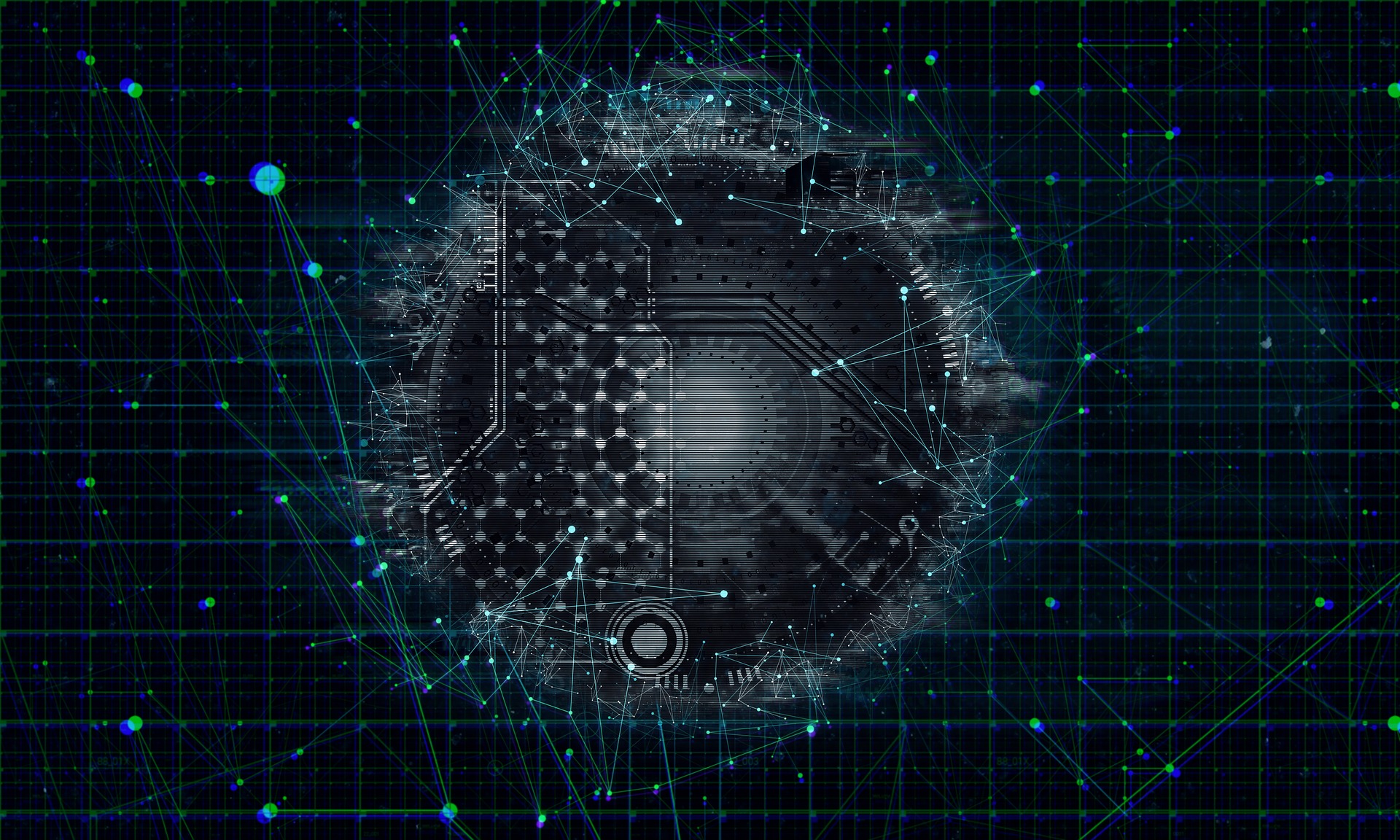Spiking Neural Networks have been Discovered to Predict Human decisions before Human Awareness
There appears to be a virtuous feedback loop between innovation in artificial neural networks and discoveries made in neural science of the human brain. As we learn about how neurons extend information through their axons and dendrites, we start to discover some key characteristics to apply to machine learning. Machine learning in turn can provide new key insights into how the human brain operates. This has led to a profound achievement in the realm of neural networks: being able to predict decision before humans are consciously aware of them.
Researchers at the Auckland University of Technology have integrated a new type of machine learning called Spiking Neural Networks (SNN) to create an model to analyze EEG scans. They call their model NeuCube, which is a map of the brain based on structural and functional areas of interest. The model is formed through cube of spiking neurons to create a 3D evolving Neurogenetic model. That is a rough overview of the NeuCube model but a bit of background into Spiking Neural Networks may help explain.
Spiking Neural Networks are different from other forms of neural networks in that operates on spikes in data which are discrete events that happen in a specific point in time rather than a continuous stream of values. This is closer to how neurons in the brain function. Neurons only fire when there is something called a membrane potential which is the different in electric potential between the membrane of a neuron, reaches a specific threshold. In the similar way, the SNN will fire when it’s version of a membrane potential reaches a specific value. Once a neuron reaches its membrane potential, it spikes and the neuron’s membrane potential resets.
These spikes enhance the neural networks ability to analyze sensory data. The human brain gets stimuli from various regions from visual, auditory, control, emotional etc. and combine them to create complex spatio-temporal paths. The spiking of neurons have shown to be a more powerful computational method than other forms of neural networks.
The team at AUT gathered 20 subjects and had the participants watch a video of various beverage logos and observed them through a EEG headset. The data was simultaneously sent the NeuCube algorithm. Through training the NeuCube model, it had learned to analyze and differentiate patterns in the participants heads. The model was effectively able to predict the participants beverage choice 0.2 seconds before the participants were consciously aware they were having the thoughts.
Zohreh Doborjeh, a researcher of the study, noted, “We know that only 10% of people's decisions are intentionally made, the other 90 per cent are made subconsciously by the brain based on previous experiences, history, genetics and other factors.”
Original Article: https://www.nzherald.co.nz/nz/news/article.cfm?c_id=1&objectid=12118327


